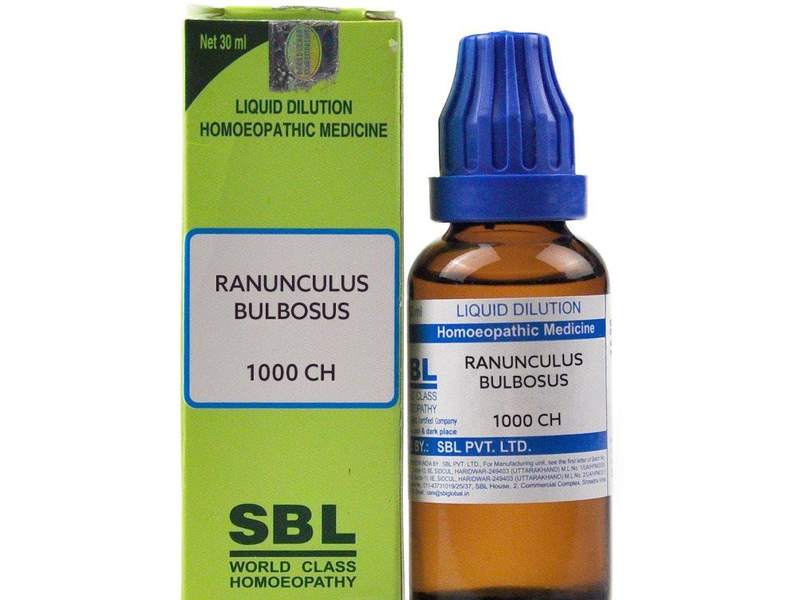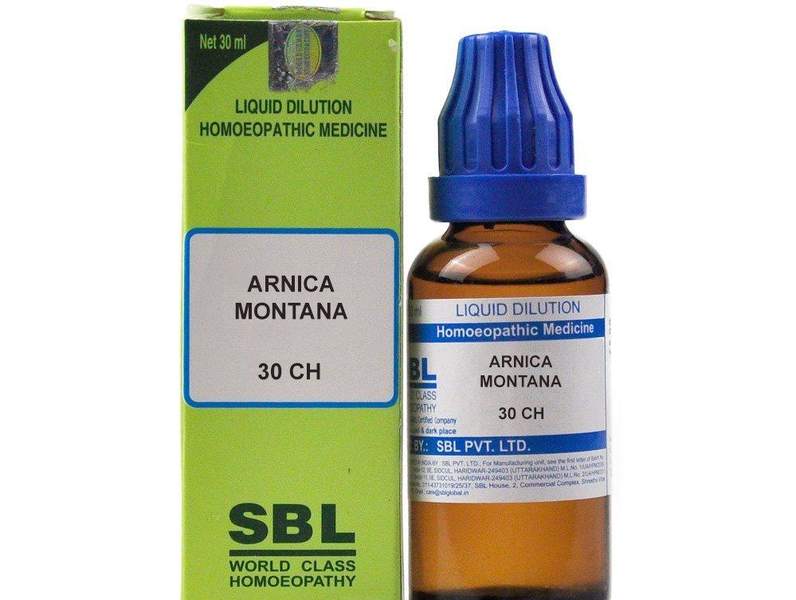Pyrogenium 30 ch Uses, Benefits – Pyrogenium Materia Medica
₹1,528.00 Original price was: ₹1,528.00.₹962.00Current price is: ₹962.00.
- Septic fevers. Chill begins in back
- Profuse sweat but it does not relieve the temperature
- Pulse abnormally rapid, out of proportion to the temperature
Source: A nosode
Synonyms: Pyrexin, Pyrogen
Prover: Dr Drysdale, Dr Burnett, Dr Swan, Dr Yingling, Dr. Sherbino, Dr Heath and Dr H. C. Allen
Introduction and History: This remedy was introduced by English homeopathists, prepared from decomposed lean beef allowed to stand in the sun for two weeks and then potentized. The provings and most of the clinical experience have been obtained from this preparation. But subsequently, Dr Swan potentized some septic pus. This preparation has also been proved and clinically applied. There does not seem to be any marked difference in their effects.
Preparation: It is a product of decomposition of chopped lean beef in water, allowed to stand in the sun for two or three weeks. Dilutions should be made directly according to Burnett, and without glycerine.
Constitution and Physiognomy: Pyrogenium is a great remedy for SEPTIC STATES, with intense restlessness. Also suited to chronic complaints that date back to septic conditions.
Ailments From: Blood poisoning, ptomaine poisoning, sewer gas poisoning, typhoid fever (remote effects of), dissecting wounds.
Seat of Action (Pharmacodynamics): It mainly acts on circulation, heart, blood and muscles.
Physio-pathological Changes (Pathology): It acts on circulation producing a rapid, abnormal pulse. It acts on heart producing an asthmatic condition and distinct consciousness of the heart.
Characteristic Mental Symptoms (Psychology)
- Patient is loquacious, can think and talk faster than ever before.
- Patient is irritable. Patient is delirious on closing eyes; sees a man at the foot of the bed.
- Patient whispers in sleep.
- Sensation as if she has covered the whole bed, knew her head was on the pillow, but did not know where the rest of her body was.
- Patient feels when lying on one side that she is one person, and another person when turning on the other side.
- Patient has sensation as though crowded with arms and legs.
- Patient has hallucination that he is very wealthy; remaining after the fever.
Characteristic Physical Guiding Symptoms
Septicaemia/Infections: It is Suited for sapraemia or septicaemia; puerperal or surgical from ptomaine or sewer gas infection; during course of diphtheria, typhoid or typhus; when the best selected remedy fails to relieve or permanently improve.
Soreness: The bed feels hard on lying; the affected part feels sore and bruised.
Great restlessness: Must move constantly to ameliorate the Soreness of parts.
Tongue: Large, flabby; clean, smooth as if varnished; fiery red; dry, cracked; articulation difficult.
Taste: It is sweetish. Terribly foetid, pus-like; as from an abscess.
Vomiting: Persistent, brownish, coffee-ground; offensive, stercoraceous vomiting with impacted or obstructed bowels.
Diarrhoea: Horribly offensive, brown or black, painless, involuntary, uncertain, when passing flatus.
Constipation: Obstinate constipation with complete inertia from impaction, in fevers.
Stool: Stools are large, black with carrion-like odour; small black balls, like olives.
Retention of placenta or foetus: Foetus or secondaries are retained, decomposed; dead for days, black; with a horribly offensive discharge; never been well since septic fever, following abortion or confinement. To arouse vital activity of uterus.
Lochia: Lochia is thin, acrid, brown, very foetid; suppressed, followed by chills, fever and profuse foetid perspiration.
Heart: Distinct consciousness of the heart; it feels tired; as if enlarged; purring, throbbing, pulsating, constant in ears, preventing sleep, cardiac asthenia from septic conditions.
Pulse: Abnormally rapid, out of all proportion to temperature; small, wiry 140 to 170 per minute. Cold clammy sweat follows.
Skin: Pale, cold, of an ashy hue.
Varicose ulcers: For obstinate, varicose, offensive ulcers of old persons.
Chill: Begins in the back, between scapulae; severe, general, of bones and extremities, marking onset of septic fever.
Fever: Temperature is 103 to 106° F; heat sudden, skin dry and burning.
Important Characteristic Features
Septic fever: A useful homeopathic medicine for all forms of septic fever and sequelae, when the symptoms agree. Violent chill intermingled with heat and sweat, or dry heat with marked aching in the limbs. Restlessness by motion and heat. All pains are aggravated by sitting. Complaints come on from becoming cold and from cold damp weather. These features are found in hectic fevers, in the last stages of phthisis as well as in septic fevers. It aborts puerperal fever in a few hours when clearly indicated. In cases of typhoid where there is confusion and too intense heat. When the temperature reaches 106° F and there is great soreness and aching, this remedy will make great changes in a single day; but if the pains are better by motion and heat, it will abort the fever. When the pulse is extremely high, and the temperature not correspondingly high, this remedy will be useful. On the other hand, when the pulse and temperature are out of rhythm either way this remedy should be considered if the case is of septic origin. Great pain and violent burning in an abscess. Offensiveness prevails extensively; putrid and cadaveric odours from the body – breath, sweat and discharges. Fever from sewer gas poisoning; erysipelas from infection and surgical fevers. It cures many chronic complaints that date back to septic conditions. Not well since a puerperal fever many years ago, is a good reason for thinking of Pyrogenium.
Vomiting: Very useful medicine for vomiting of bile, blood; of putrid masses. Patient vomits water when it becomes warm in the stomach. stercoraceous vomiting; coffee ground vomiting. Thirst for cold drinks during chill and heat.
Diarrhoea: Very useful medicine for diarrhoea with copious, liquid; putrid stools. Involuntary stools. Profuse, watery, painless stool. Stools have a carrion-like odour.
Constipation: Patient has difficult, constipated stool with carrion-like odour. Constipation with hard, dry, black, putrid stools; small black balls like olives. Putrid, bloody stools. Soft, narrow stools; require great straining to expel. Haemorrhage from bowels.
Female uterine symptoms: Uterine haemorrhage. Putrid, scanty lochia. Suppressed lochia. Violent chill; puerperal fever. Menses lasting one day, then bloody leucorrhoea. Septic fever following abortion. Prolapse of uterus.
Heart affections: It is a very useful medicine for heart failure in septic fevers by least motion. Every pulsation is felt in distant parts. Anxiety and sinking sensation in region of heart. Distinct consciousness of the heart. Aching at the bifurcation of the trachea. Oppression of chest and heart. Fullness in region of heart. Feels as if the heart was pumping cold water. Palpitation. Loud heartbeats. Sensation of pouring of the heart. Pulse is rapid, irregular and fluttering.
Skin affections: Skin is pale, cold, of ashy hue. Obstinate varices; offensive ulcers of old people. It has cured many old fever sores with putrid, thin, bloody discharges.
General Modalities
Aggravation: From cold, damp weather, motion, sitting, moving the eyes.
Amelioration: By heat, hot bathing, hot drinks, pressure, stretching, changing position, hard rocking, walking.
Remedy Relationships
Complementary: Ars.
Comparison
Septic fever, rapid loss of strength, sinking pulse, delirium and fainting: Anthraci, Pyrog.
Great prostration, with disposition to decomposition of fluids: Bapt, Pyrog.
Tongue fiery red, smooth and polished: Pyrog, Crot-h, Ter.
Diarrhoea in septicaemia; black, coffee ground and offensive: Crot-h, Pyrog.
Post-partum wound: Lach, Pyrog, Ars.
Dosage: Sixth to thirtieth and higher potencies.
Repetition: Should not be repeated too frequently.
Therapeutic Value: Abscess, Bed sores, Brights disease, Constipation, Diarrhoea, Diphtheria, Dysentery, Eczema, Heart affections, Pyaemia, Septic fever, Typhoid, Ulcer; Urinary disorders, Vomiting, etc.
Related products
Homeopathic Medicine
Anacardium Orientale Homeopathic – Anacardium Orientale Benefits
Homeopathic Medicine
Homeopathic Medicine
Homeopathic Medicine
Aesculus Hippocastanum Materia Medica – Aesculus Hippocastanum 30c Uses
Homeopathic Medicine
Asafoetida Homeopathy Benefits, Uses – Asafoetida 30 Homeopathy Medicine
Homeopathic Medicine
Homeopathic Medicine
Homeopathic Medicine











